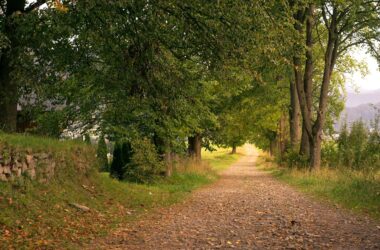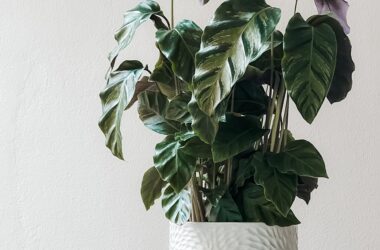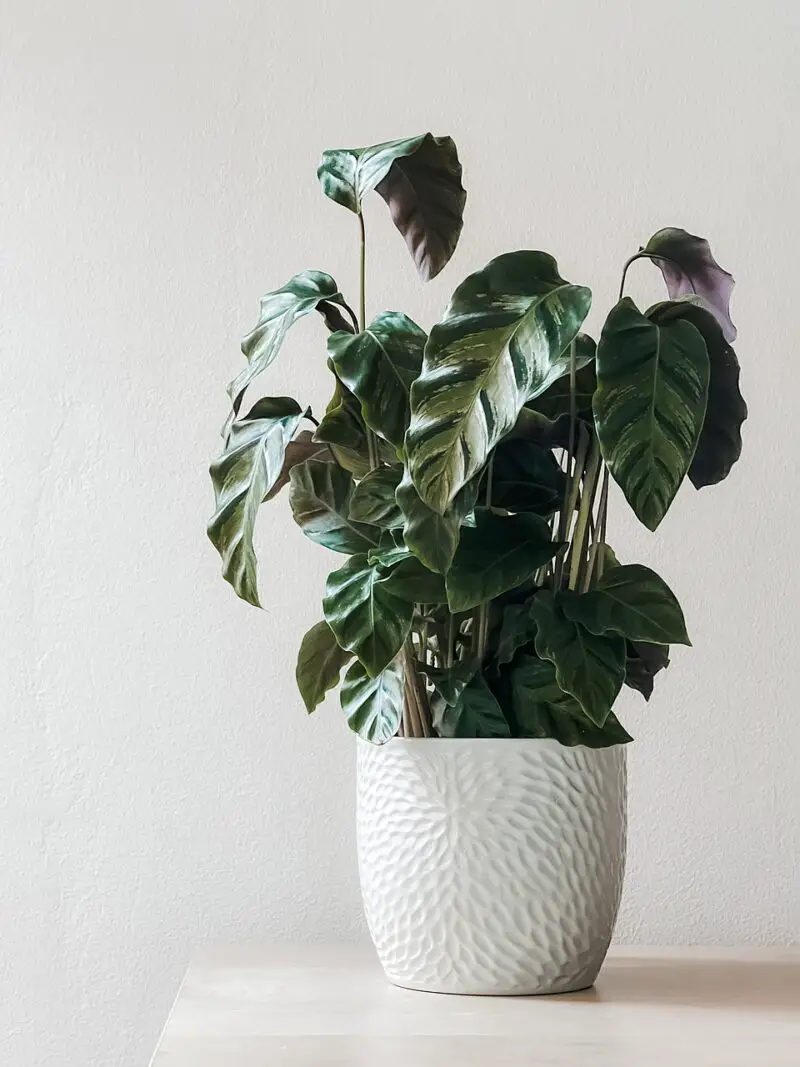Exploring the native plants of North America’s diverse cities not only enhances the beauty of urban gardens but also supports local ecosystems. This guide covers native plants from 20 cities across North America, each with its unique climate and environmental conditions.
1. Native Plants of New York City
In the heart of New York City, native plants such as Eastern Redbud (Cercis canadensis) and Smooth Sumac (Rhus glabra) bring color and resilience to urban spaces. The New England Aster (Symphyotrichum novae-angliae) thrives in the city’s green spaces, attracting pollinators even in bustling neighborhoods.
2. Native Plants of Los Angeles
Los Angeles, with its Mediterranean climate, is home to drought-tolerant plants like California Poppy (Eschscholzia californica) and Coastal Sagebrush (Artemisia californica). Toyon (Heteromeles arbutifolia) adds a touch of green with its dense foliage and bright red berries, making it a local favorite.
3. Native Plants of Chicago
Chicago’s native plants include the iconic Prairie Dropseed (Sporobolus heterolepis) and Black-Eyed Susan (Rudbeckia hirta). Purple Coneflower (Echinacea purpurea) thrives in the Midwest’s climate, offering both beauty and medicinal properties.
4. Native Plants of Vancouver
In Vancouver, Western Red Cedar (Thuja plicata) and Salal (Gaultheria shallon) are staples of the region’s lush landscapes. The Oregon Grape (Mahonia aquifolium) is another native plant that flourishes, providing year-round interest with its evergreen leaves and yellow flowers.
5. Native Plants of Austin
Austin’s hot climate supports Texas Sage (Leucophyllum frutescens) and Bigtooth Maple (Acer grandidentatum). Mexican Feathergrass (Nassella tenuissima) adds texture and movement to gardens, thriving in the city’s warm, dry conditions.
6. Native Plants of Toronto
Toronto’s cold-hardy native plants include the Sugar Maple (Acer saccharum) and Wild Bergamot (Monarda fistulosa). The Eastern Hemlock (Tsuga canadensis) adds year-round greenery and is well-suited to the region’s variable climate.
7. Native Plants of Miami
Miami’s tropical climate is ideal for Cocoplum (Chrysobalanus icaco) and Saw Palmetto (Serenoa repens). The Firebush (Hamelia patens) is a vibrant native plant that attracts hummingbirds and butterflies, adding color to Miami gardens.
8. Native Plants of Denver
Denver’s high-altitude environment is perfect for Rocky Mountain Columbine (Aquilegia coerulea) and Blue Grama Grass (Bouteloua gracilis). Pinyon Pine (Pinus edulis) is another native that adapts well to the city’s dry, mountainous conditions.
9. Native Plants of Seattle
Seattle’s rainy climate supports plants like Western Sword Fern (Polystichum munitum) and Red Flowering Currant (Ribes sanguineum). The Pacific Madrone (Arbutus menziesii) adds striking red bark and evergreen leaves, making it a standout in Seattle gardens.
10. Native Plants of Boston
Boston’s native plants, such as Sweet Fern (Comptonia peregrina) and Highbush Blueberry (Vaccinium corymbosum), thrive in the Northeast’s diverse climate. New England Aster (Symphyotrichum novae-angliae) adds late-season color, attracting pollinators.
11. Native Plants of Philadelphia
In Philadelphia, native plants like Red Maple (Acer rubrum) and Virginia Bluebells (Mertensia virginica) bring seasonal beauty. The Eastern Redbud (Cercis canadensis) is another popular native that brightens up the city with its springtime blooms.
12. Native Plants of San Francisco
San Francisco’s coastal climate is ideal for California Lilac (Ceanothus spp.) and Douglas Iris (Iris douglasiana). Coast Live Oak (Quercus agrifolia) is a native tree that provides shade and habitat for local wildlife in the city’s urban gardens.
13. Native Plants of Houston
Houston’s warm, humid climate supports Southern Magnolia (Magnolia grandiflora) and Gulf Coast Muhly (Muhlenbergia capillaris). The Eastern Red Cedar (Juniperus virginiana) is another hardy native that thrives in Houston’s environment.
14. Native Plants of Portland
Portland’s rain-friendly climate is perfect for Oregon Grape (Mahonia aquifolium) and Western Trillium (Trillium ovatum). Douglas Fir (Pseudotsuga menziesii) is a native tree that dominates the region, providing a classic Pacific Northwest look.
15. Native Plants of Phoenix
Phoenix’s desert environment supports Saguaro Cactus (Carnegiea gigantea) and Desert Marigold (Baileya multiradiata). Creosote Bush (Larrea tridentata) is another native plant that thrives in the arid conditions, providing resilience and beauty.
16. Native Plants of Montreal
Montreal’s cold climate is ideal for Sugar Maple (Acer saccharum) and Eastern White Pine (Pinus strobus). Canada Anemone (Anemone canadensis) is a native flower that adds charm to gardens with its white blossoms.
17. Native Plants of Nashville
Nashville’s Southern climate supports native plants like Redbud (Cercis canadensis) and Eastern Redcedar (Juniperus virginiana). The Purple Coneflower (Echinacea purpurea) is a resilient native that adds color and attracts pollinators.
18. Native Plants of Minneapolis
In Minneapolis, cold-hardy plants like Black-Eyed Susan (Rudbeckia hirta) and Little Bluestem (Schizachyrium scoparium) thrive. Wild Geranium (Geranium maculatum) is another native that brightens up gardens with its delicate flowers.
19. Native Plants of San Diego
San Diego’s coastal climate supports California Sagebrush (Artemisia californica) and Toyon (Heteromeles arbutifolia). Coast Live Oak (Quercus agrifolia) is a native tree that provides a touch of the wild in urban gardens.
20. Native Plants of Atlanta
Atlanta’s warm climate is ideal for Southern Magnolia (Magnolia grandiflora) and Oakleaf Hydrangea (Hydrangea quercifolia). The Georgia Aster (Symphyotrichum georgianum) is a native wildflower that adds late-season color to gardens.
By focusing on native plants, you not only create gardens that thrive in local climates but also contribute to the preservation of local biodiversity. Whether you’re in a bustling metropolis or a quiet suburb, there’s a rich variety of native plants waiting to enhance your garden.




